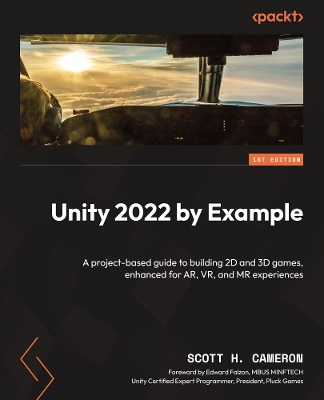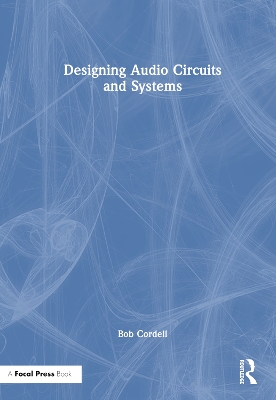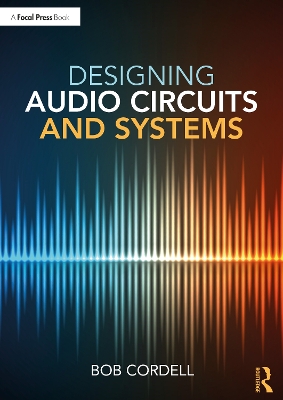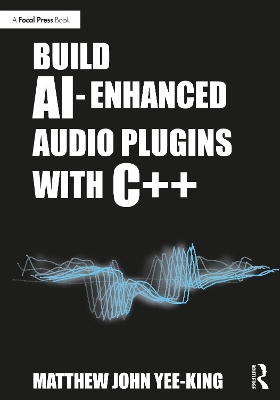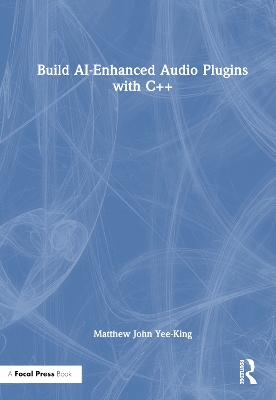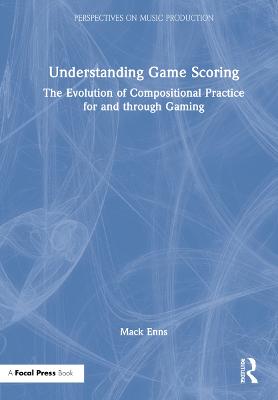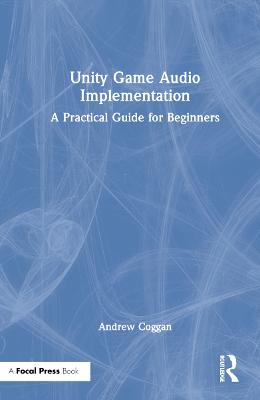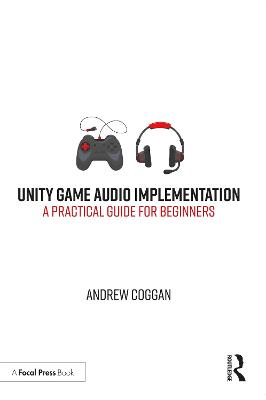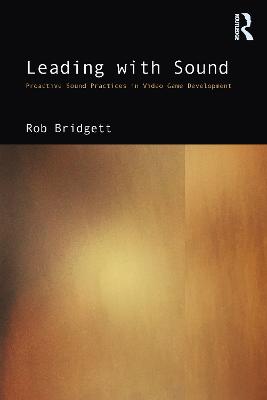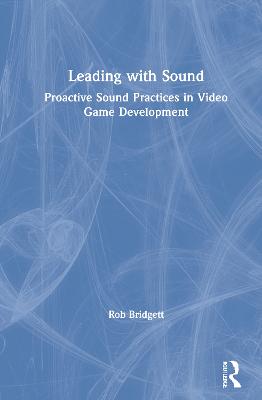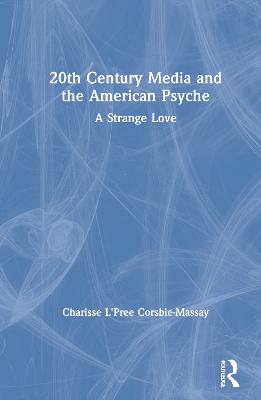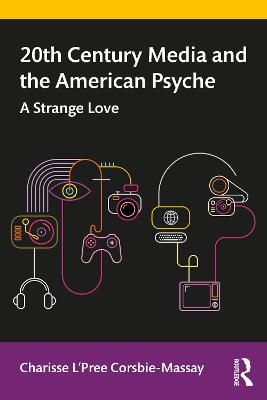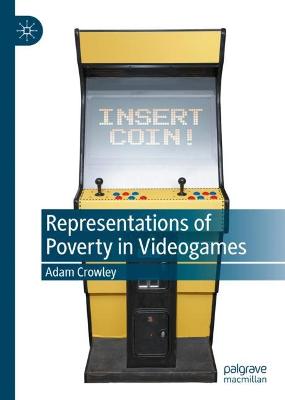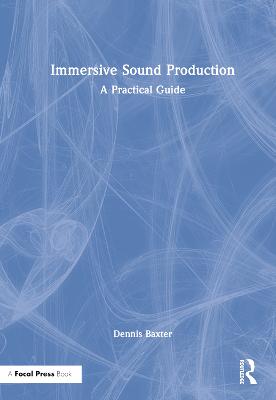Understanding Game Scoring
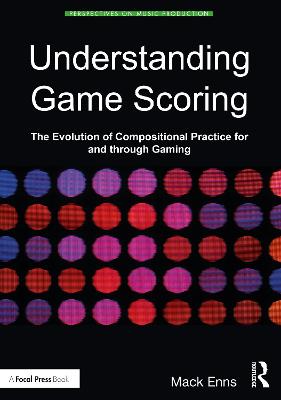 portes grátis
portes grátis
Understanding Game Scoring
The Evolution of Compositional Practice for and through Gaming
Enns, Mack
Taylor & Francis Ltd
11/2021
148
Mole
Inglês
9780367492816
15 a 20 dias
322
List of Figures
List of Tables
Chapter 1
An Introduction to Game Scoring
Disasterpeace and FEZ: A Case Study of Game Scoring
Music System Overview: Sequence Context Menu
Music System Overview: Scripts Browser
Music System Overview: Main Composition Sequencer
Game Scoring as an Unique Mode of Musical Composition
Methodology and Outline
Chapter 2
Game Scoring's Interactive Multimedia Context
Spatial Emulation, the "Gaming Diegesis" and Game Scoring
Interactivity: A New Element
Audial Responsibility in the Interactive Multimedia Text: A Case Study of the Score for The Legend of Zelda (1987)
Case Study Conclusions: John Cage and Game Scoring as Aleatoric Composition
Game Scoring Taxonomy: Title Music
Game Scoring Taxonomy: Source Music
Source Music Case Study: Kondo's "Lost Woods" Vs. Vreeland's "Reflection"
Game Scoring Taxonomy: Results Music
Chapter Conclusions
Chapter 3
Game Scoring and Gaming Technology
Case Study: The Nintendo Entertainment System's Sound Hardware Configuration
Channel Overview: Pulse Wave Channels
Channel Overview: Triangle Wave Channel
Channel Overview: Noise Channel
Channel Overview: Delta Modulation Channel
NES Game Scoring Techniques
NES Game Scoring Techniques: 2-Channel Echo
NES Game Scoring Techniques: Single Channel Echo
NES Game Scoring Techniques: Arpeggio and Psychoacoustic Block Chords
NES Game Scoring Techniques: TWC Kick Drum Sounds
NES Game Scoring Techniques: Melodic Samples
Putting It All Together: The APU Mixer
Case Study Summary
Game Scoring Taxonomy: Logo Jingles
Game Scoring Taxonomy: Loading Music
Game Scoring Taxonomy: Voice Acting and Vocals
Chapter Conclusions
Chapter 4
Game Design and Game Scoring as Software Programming
Game Scoring Taxonomy: Introduction Music
Game Scoring Taxonomy: Demo Music
Game Scoring Taxonomy: Gameplay Music
Gameplay Music: Hub Music
Gameplay Music: Area Music
Area Music Case Study: Game Scoring as Mimetic Music Technology in Tetris (1984) and Guitar Hero (2005)
Gameplay Music: Area Music, cont.
Gameplay Music: Time System Jingles
Gameplay Music: Battle Music
Gameplay Music: Rest Music
Gameplay Music: Dialogue Music
Dialogue Music Case Study: The Owl and Link's Awakening (1993)
Gameplay Music: Challenge Music
Chapter Conclusions
Chapter 5
Game Scoring: Gameplay as Performance of Aleatoric Composition
Before Video Games: The Aleatoric Tradition
A Note on Sound Effects
Case Study: Super Mario Bros. (World 6-2)
Game Scores Vs. Game Soundtracks: Super Mario Bros. on CD
Case Study Conclusions
Game Scoring Taxonomy: Menu Sound Effects
Mario Menus: A Case Study of Menu Sound Effects in Two Super Mario Games
Menu Sound Effects, Cont.
Game Scoring Taxonomy: Menu Music
Game Scoring Taxonomy: Status Music (Gameplay Music, Cont.)
Game Scoring Taxonomy: Gameplay Sound Effects
Game Scoring Taxonomy: "Ambiences" or Ambient Sound Effects
Chapter Conclusions
Chapter 6
Game Scoring: Conclusion
Future Directions
Significance
Implications
Conclusion
Index
List of Figures
List of Tables
Chapter 1
An Introduction to Game Scoring
Disasterpeace and FEZ: A Case Study of Game Scoring
Music System Overview: Sequence Context Menu
Music System Overview: Scripts Browser
Music System Overview: Main Composition Sequencer
Game Scoring as an Unique Mode of Musical Composition
Methodology and Outline
Chapter 2
Game Scoring's Interactive Multimedia Context
Spatial Emulation, the "Gaming Diegesis" and Game Scoring
Interactivity: A New Element
Audial Responsibility in the Interactive Multimedia Text: A Case Study of the Score for The Legend of Zelda (1987)
Case Study Conclusions: John Cage and Game Scoring as Aleatoric Composition
Game Scoring Taxonomy: Title Music
Game Scoring Taxonomy: Source Music
Source Music Case Study: Kondo's "Lost Woods" Vs. Vreeland's "Reflection"
Game Scoring Taxonomy: Results Music
Chapter Conclusions
Chapter 3
Game Scoring and Gaming Technology
Case Study: The Nintendo Entertainment System's Sound Hardware Configuration
Channel Overview: Pulse Wave Channels
Channel Overview: Triangle Wave Channel
Channel Overview: Noise Channel
Channel Overview: Delta Modulation Channel
NES Game Scoring Techniques
NES Game Scoring Techniques: 2-Channel Echo
NES Game Scoring Techniques: Single Channel Echo
NES Game Scoring Techniques: Arpeggio and Psychoacoustic Block Chords
NES Game Scoring Techniques: TWC Kick Drum Sounds
NES Game Scoring Techniques: Melodic Samples
Putting It All Together: The APU Mixer
Case Study Summary
Game Scoring Taxonomy: Logo Jingles
Game Scoring Taxonomy: Loading Music
Game Scoring Taxonomy: Voice Acting and Vocals
Chapter Conclusions
Chapter 4
Game Design and Game Scoring as Software Programming
Game Scoring Taxonomy: Introduction Music
Game Scoring Taxonomy: Demo Music
Game Scoring Taxonomy: Gameplay Music
Gameplay Music: Hub Music
Gameplay Music: Area Music
Area Music Case Study: Game Scoring as Mimetic Music Technology in Tetris (1984) and Guitar Hero (2005)
Gameplay Music: Area Music, cont.
Gameplay Music: Time System Jingles
Gameplay Music: Battle Music
Gameplay Music: Rest Music
Gameplay Music: Dialogue Music
Dialogue Music Case Study: The Owl and Link's Awakening (1993)
Gameplay Music: Challenge Music
Chapter Conclusions
Chapter 5
Game Scoring: Gameplay as Performance of Aleatoric Composition
Before Video Games: The Aleatoric Tradition
A Note on Sound Effects
Case Study: Super Mario Bros. (World 6-2)
Game Scores Vs. Game Soundtracks: Super Mario Bros. on CD
Case Study Conclusions
Game Scoring Taxonomy: Menu Sound Effects
Mario Menus: A Case Study of Menu Sound Effects in Two Super Mario Games
Menu Sound Effects, Cont.
Game Scoring Taxonomy: Menu Music
Game Scoring Taxonomy: Status Music (Gameplay Music, Cont.)
Game Scoring Taxonomy: Gameplay Sound Effects
Game Scoring Taxonomy: "Ambiences" or Ambient Sound Effects
Chapter Conclusions
Chapter 6
Game Scoring: Conclusion
Future Directions
Significance
Implications
Conclusion
Index

